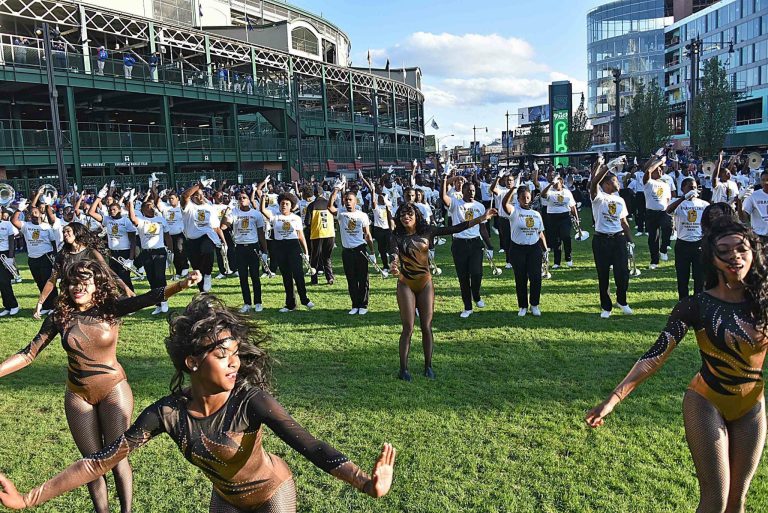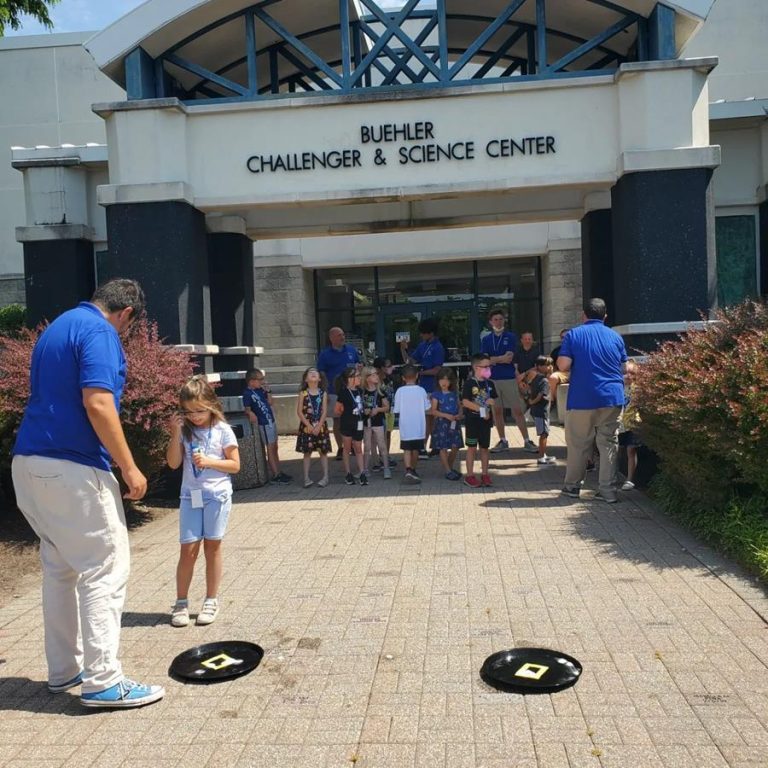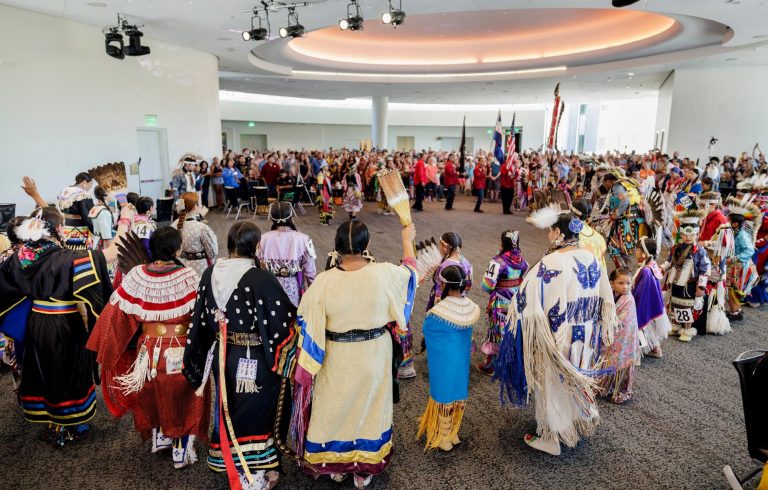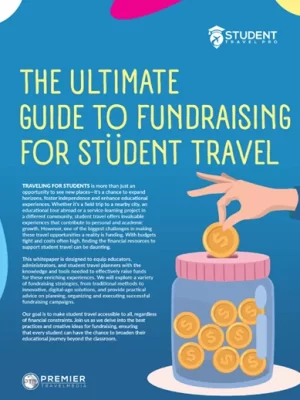Why Should Student Groups Visit National Parks?
Field trips to national parks across the United States can greatly increase students’ interest in learning about the environment. The educational opportunities available can inspire them to participate in or create preservation efforts to protect the Earth. In addition, fostering a strong connection with nature can help students’ mental well-being and help to develop healthy hobbies.
Whether your students are studying geology and natural rock formations or they are intrigued by ancient petrified sculptures, these parks make for epic and memorable outdoor classrooms.
1. Craters of the Moon National Monument and Preserve, Idaho
The Craters of the Moon National Monument and Preserve consists of three terrestrial lava fields dotted with islands of cinder cones and surrounding grasslands reminiscent of a science-fiction tale. The vast lava fields cover about 400 square miles and contain ballistic lava, tree molds and lava tubes jutting up from the Earth. Ancient destruction has left behind unique structures and strange landscapes that look straight out of Star Wars.

Educational Spotlight: Craters of the Moon features giant open rift cracks, including the largest on Earth, where students can learn more about the Earth’s lithosphere by observing and witnessing firsthand the effects of tectonic plates shifting. The park also offers field trip opportunities for schools that can be booked in advance; these trips involve hiking to an array of areas in the park, including The Spatter Cones.
2. Petrified Forest National Park, Arizona
The Petrified Forest National Park is a must-visit national park home to ancient trees that, over thousands of years, have transformed into miraculous stone structures. Add to this the beautiful views from the badlands, known as the Painted Desert, and you have a unique sedimentary wonderland.

Nine species of extinct prehistoric trees are fossilized here, making the stones unlike anything in America and a must-visit national park in the US. The National Park Service (NPS) provides itineraries for groups and field trips to the Petrified Forest perfect for student groups.
Educational Spotlight: Students can learn more about Native American history by walking through settlements throughout the park. The Petrified Forest also hosts cultural demonstrations, which highlight indigenous art and stories.
3. Great Sand Dunes National Park and Preserve, Colorado
The Great Sand Dunes National Park and Preserve evokes a transcendental world for student groups to discover. Nestled in the San Louis Valley of the Sangre de Cristo Range in Colorado, these massive dunes resemble the Sahara in their scope, but they differ in their diversity of landscape.

Surrounding the dunes are mountains, wetlands and a verdant forest, creating some of the most surreal landscapes in the USA. With multiple habitats colliding in one spot, it’s easy to see why the Great Sand Dunes National Park offers the most stunning views of any Colorado National Park.
Educational Spotlight: The park features a summer night program allowing students to learn more about astronomy by way of clear skies and a location in an International Dark Sky Park area. The unparalleled program makes this one of the most unique national parks in the USA for student groups.
4. Mammoth Cave National Park, Kentucky
Cradled by the Appalachian Mountains, Mammoth Cave National Park is the largest cave system in the world, with around 400 miles of explored caves and an estimated 600 miles of unexplored terrain.
Used as a mine for nitrate during the War of 1812 and briefly as a tuberculosis hospital, Mammoth Cave is full of wonders that date back hundreds of years. Another interesting historical feature in the park is the Mammoth Cave Baptist Chruch & Cemetary which was originally established in 1827.

The cave also has waterways running through it, rooms full of white gypsum flowers and around 130 species of wildlife. The cave is a beautiful merger of history, biology and geology, making it one of the best national parks for students on a class trip.
Educational Spotlight: Educators and group leaders can bring their students to a tour of Mammoth Cave for a reduced group/student rate when going on the Historic Tour of Mammoth Cave. Many of the learning opportunities involve a hike to show the grand, biodiverse landscapes and the park’s history. The Environmental Education Department at Mammoth Cave also has a program that informs teachers on bringing bits of the unique national park’s history and nature as a whole into the classroom.
5. Canyonlands National Park, Colorado
Since first becoming a national park in 1964 under Lyndon B. Johnson’s direction, Canyonlands National Park has been a spectacular travel destination, offering a myriad of sightseeing opportunities. Island in the Sky is amongst the park’s most iconic locations. The beautiful rocky area is packed with many sandstone cliffs, many of which are higher than 1,000 ft. The popular attraction is also rather accessible, as the trail is paved and there are roads for driving.

Educational Spotlight: the park’s rangers offer a wide array of fun and educational activities for students with guided tours, such as the surreal Full Moon Hikes/ Stargazing opportunity. You can also hear from the rangers directly through their talk sessions like their around 20-minute Geology Talk.
Tips for Students Visiting Unique National Parks in the USA
Safety is important when visiting national parks and these field trips are more fun and engaging when one’s needs are taken care of.
Some things to consider before hiking:
- Pack enough water and snacks
- Check the weather forecast ahead of time
- Have first aid materials on your person
- Dress appropriately for the weather and conditions
- If you carry it in, carry it out
You can find more tips and directions on the National Park Foundation’s website.
When is the Best Time to Visit National Parks?
Every national park has its own specialty, some of which encourage educational groups to visit at different times. Days with milder weather are generally safer for students. Those planning these trips should check the temperature and park’s schedule to find the most comfortable time of the season and day to visit.
By Sarah Payne














